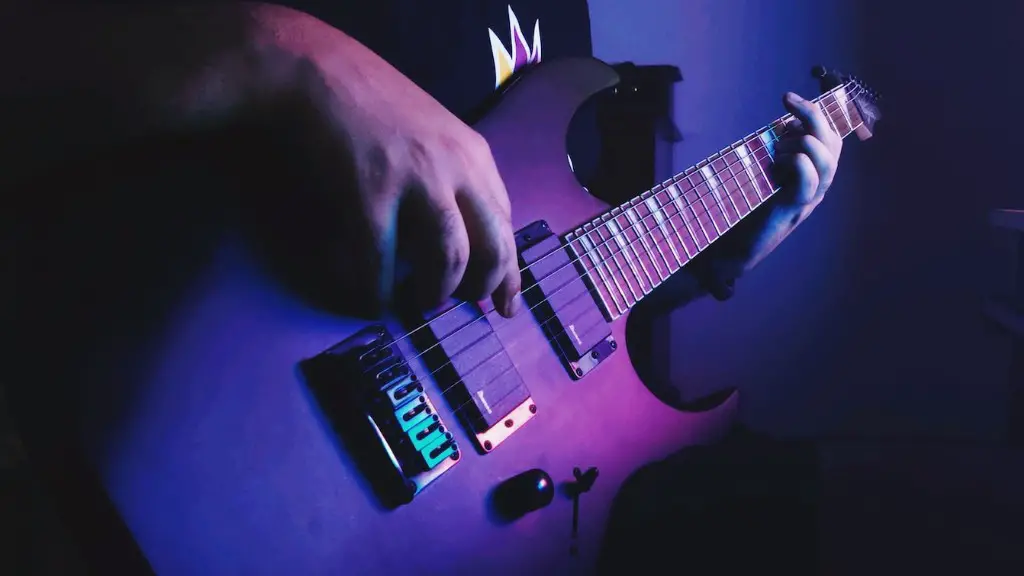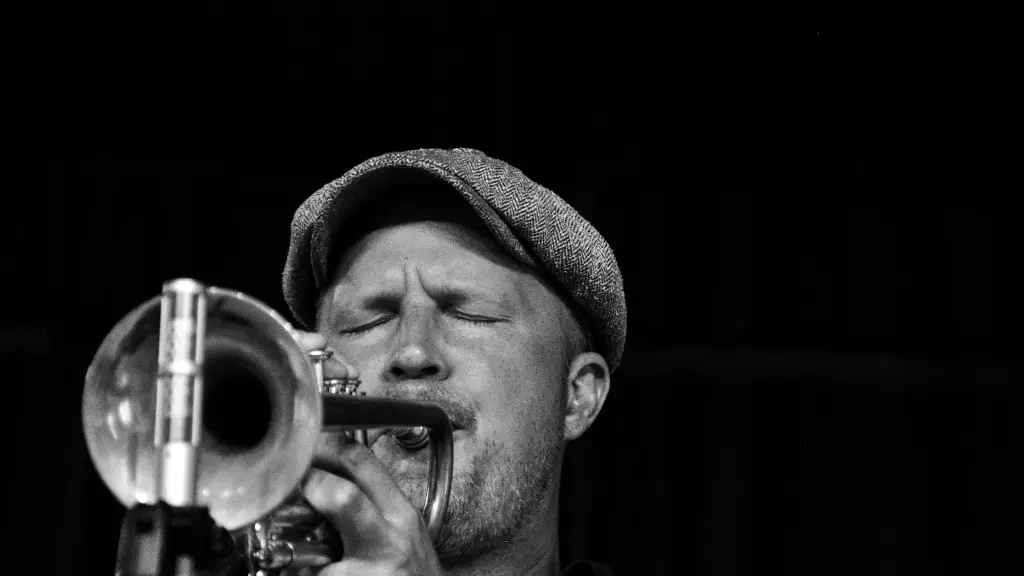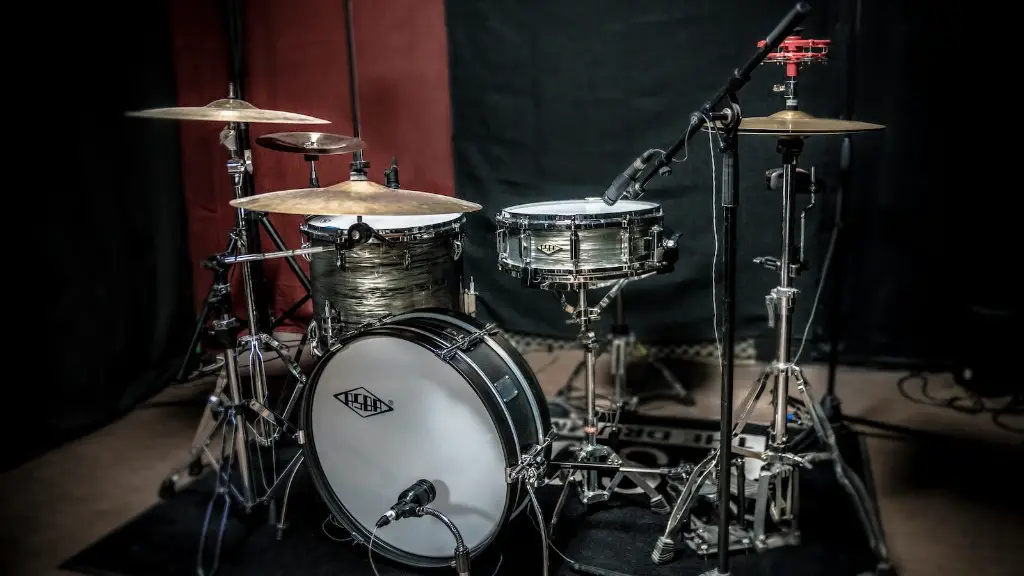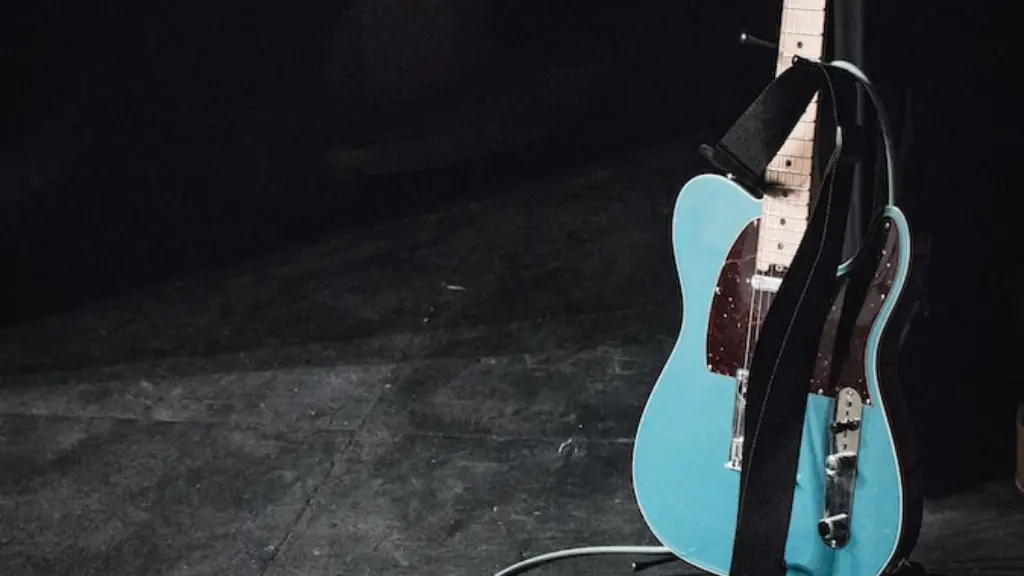Getting started with electric guitar can be overwhelming, but it doesn’t have to be!
Do some research and find which type of guitar you want. If you are a beginner, look for an instrument that is easy to play and not too expensive. Decide if you want a solid body or semi-hollow body guitar.
Look for a quality amplifier with essential features such as reverb and overdrive. Once you have your gear, practice regularly and learn basic chords, scales and techniques. You may even consider taking lessons from a music instructor for more guidance.
Learning to play the electric guitar can be fun and rewarding. Just keep at it and don’t give up! You’ll be rocking out in no time.
Selecting an Electric Guitar
Electric guitars are a great way to start playing music and they come in a variety of shapes, sizes, and styles. It’s important to find the right guitar for you that will fit your needs and budget. Start by considering the type of music you want to play and the sound you want to achieve. Acoustic-electric guitars are often a great choice for beginners as they offer the best of both worlds. They have an acoustic sound but can also be plugged into an amplifier to create more volume and a more electric sound.
Next, consider your budget. Electric guitars range in price from very inexpensive models up to high-end professional instruments that can cost thousands of dollars. As you’re starting out, it’s generally best to stick with an affordable model, as this will give you the most bang for your buck as well as provide a good quality instrument.
Finally, try out several different guitars before making a decision. Most music stores will let you test out any guitar in the store, so it’s important to take advantage of this opportunity and find one that feels comfortable to play and sounds great. With some research and careful consideration, you’ll be able to find the perfect electric guitar for your needs!
Necessary Equipment for Playing Electric Guitar
Getting started with electric guitar can be an exciting journey. To begin, it’s important to get the right equipment. To get the most out of your playing, you’ll need an electric guitar, an amplifier, and a few other accessories. An electric guitar is essential for playing rock or blues music. It will come with a set of strings and pickups that will help to produce the sound you are looking for. An amplifier is necessary to make the sound louder and help control the volume and tone of your guitar. A cable will be needed to connect your guitar to the amplifier. Other accessories like picks, straps, and a tuner can help make playing more comfortable and convenient.
Finally, don’t forget about guitar lessons. Learning how to properly play chords and scales from a qualified instructor can help take your playing to the next level. With all these pieces in place, you’ll be ready to start rocking out!
Learning the Basics of Electric Guitar Playing
Learning electric guitar can be an exciting journey! The basics of playing electric guitar involve understanding the instrument, including the strings, frets, and pickups. Then, you’ll need to learn proper technique for strumming and picking. After that, you’ll need to learn chords and scales so you can start playing songs.
To get started, practice your basic open chords like A, E, D and G. Learn how to change between them quickly and smoothly. Then move onto barre chords and power chords as these are essential for rock music. Learn minor and major scales in different positions on the fretboard too. Practice switching between lead and rhythm parts. You can also work on fingerpicking techniques which use individual strings instead of strumming across all six at once.
Finally, start learning songs that you enjoy listening to! This is a great way to keep your practice fun and motivating. Listen closely to the song and try to play along with it as best as you can. Record yourself as you play so you can hear what you sound like and what needs improvement. With patience and dedication, you will be able to master electric guitar quickly!
Tuning an Electric Guitar
Tuning an electric guitar is not as difficult as it may seem. It is important to start by familiarizing yourself with the different parts of the guitar, and how they interact with each other. The headstock contains the tuning pegs, which are used to adjust the strings’ tension and thus their pitch. The bridge holds the strings in place at the end of the fingerboard, and helps to transfer their vibrations to the body. The pickups capture those vibrations and convert them into electrical signals that can be amplified through a speaker.
Once you have a basic understanding of how your guitar works, you can begin tuning it. Start by tightening or loosening each tuning peg until the corresponding string produces a sound that matches that of a reference pitch – usually an electronic tuner or a digital app will help you here. Once all six strings are in tune with each other, your guitar is ready to be played! Don’t forget to check your tuning regularly – especially after changing strings, as this will ensure you’re always playing in tune.
Getting Started With Electric Guitar Chords
Learning chords on the electric guitar can be a daunting task, but there are some basic chords that can help you get started. Major and minor chords are the most commonly used, as well as 7th chords. Start with open major and minor chords like A, D, E, G and C. These can be played by strumming all six strings at once with your pick. Once you become comfortable with these shapes, you can move onto barre chords which require placing one finger across all six strings to form a chord shape.
The next step is to learn 7th chords which add an extra note to the major or minor chord shapes. These include major 7th (M7), dominant 7th (7) and minor 7th (m7) chords. Practice transitioning between these different chord types in order to build up strength in your hands and fingers. Finally, explore different voicings of the same chord type by playing around with the order of notes or omitting certain notes altogether.
Strumming Patterns on Electric Guitar
Electric guitar is one of the most popular instruments to learn, and can be a great way to start developing your musical skills. A great starting point is learning different strumming patterns. Strumming involves using a pick or fingers to sweep across the strings in a rhythmic motion. It’s important to practice different strumming patterns as they are integral in creating the feel and groove of a song. Developing this skill will help you create interesting and dynamic sounds when playing chords.
Once you’re comfortable with basic strumming patterns, you can start to experiment with different variations. Try playing the same chord with varying rhythms, or with accenting certain notes for unique sounding strums. You can also explore different techniques such as palm muting or hybrid picking which add even more sonic possibilities. With practice and creativity, you’ll be able to create your own unique sound on electric guitar!
The End
Electric guitar is a musical instrument that requires time, dedication, and practice to play. Starting out with electric guitar can be quite daunting, but it doesn’t have to be. Make sure you are comfortable with your instrument and the music you are playing, choose a style of music that fits your interests, and find someone who can help you as you learn. Once you have all of these things in place, start practicing! With patience and hard work, you’ll soon be able to make beautiful music with your electric guitar. It’s a great feeling when those first few chords finally come together.





